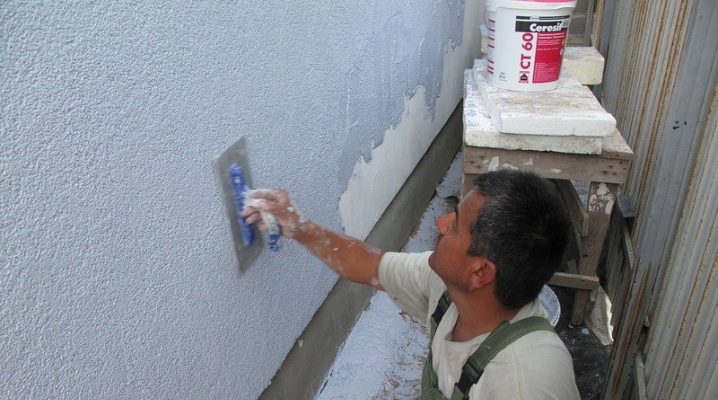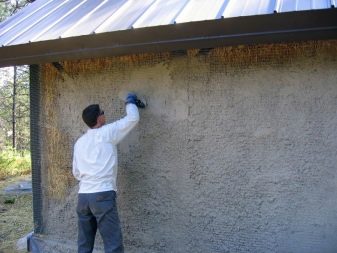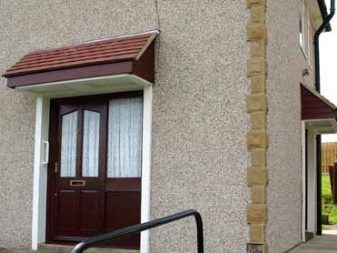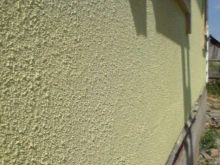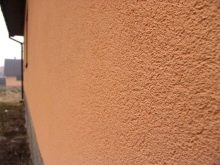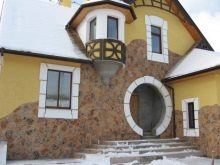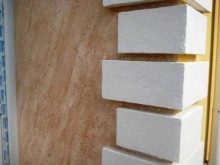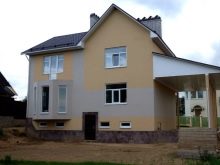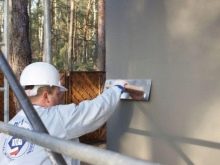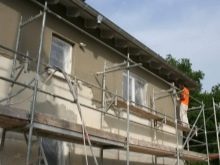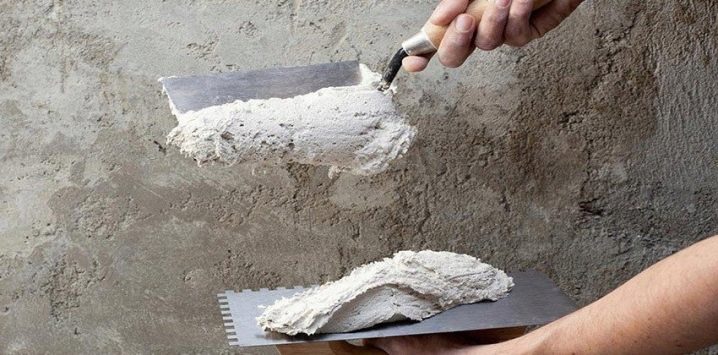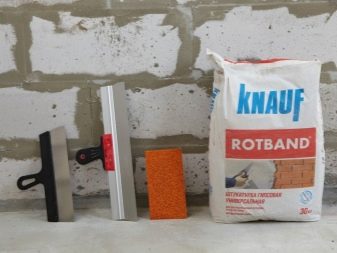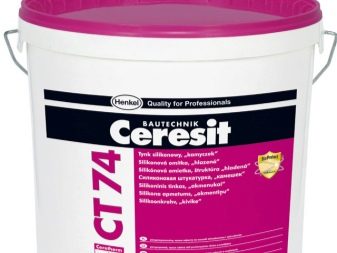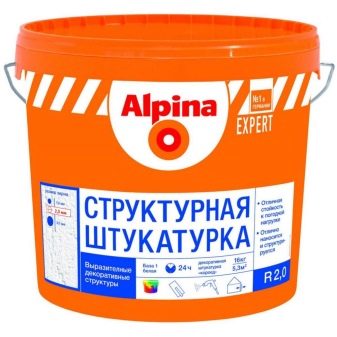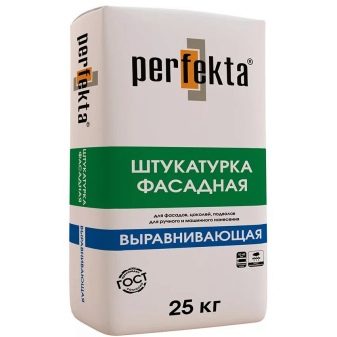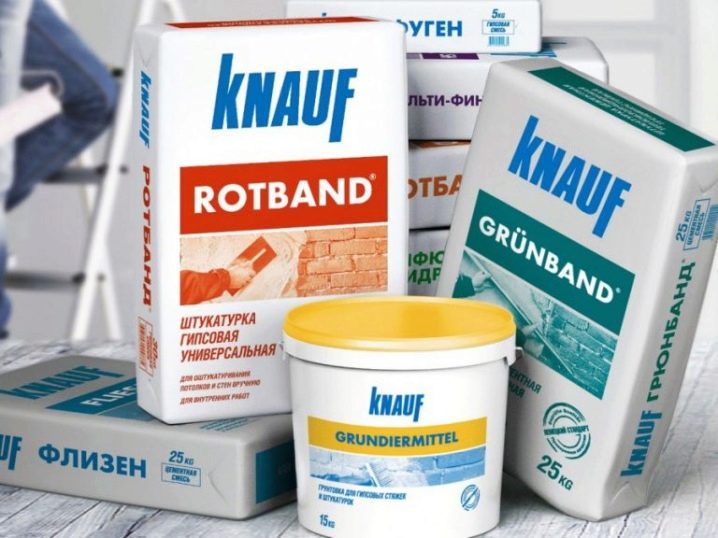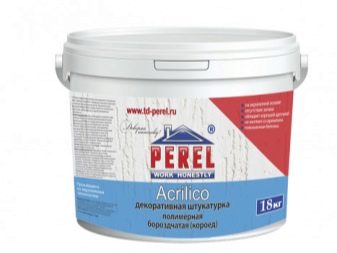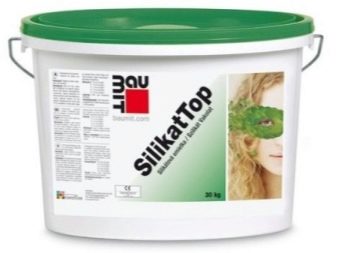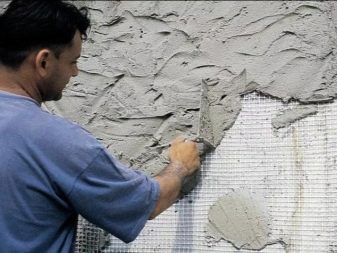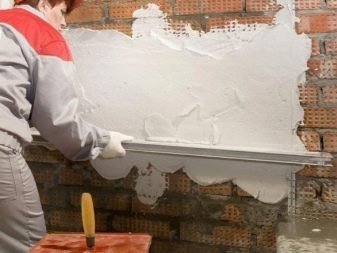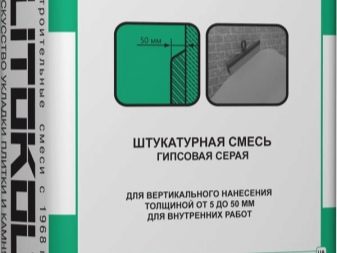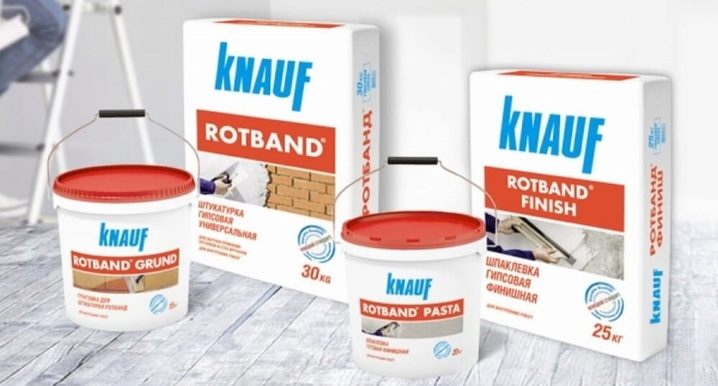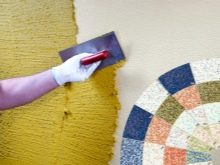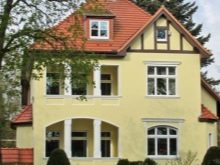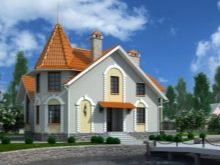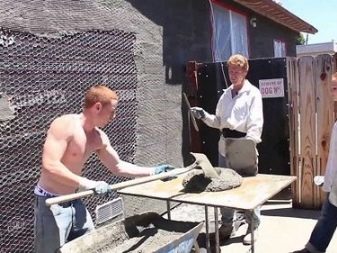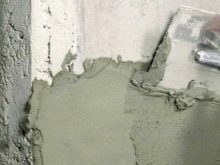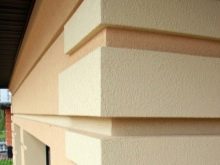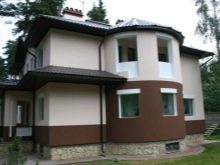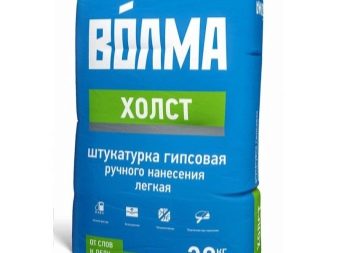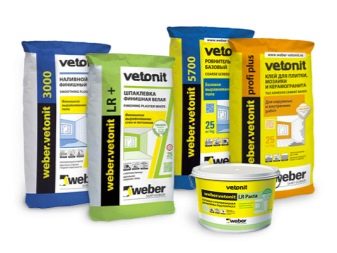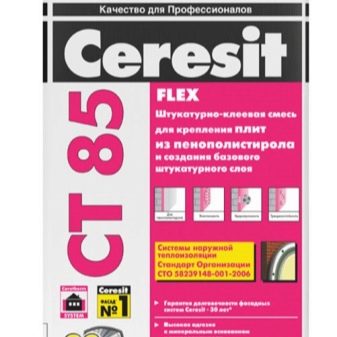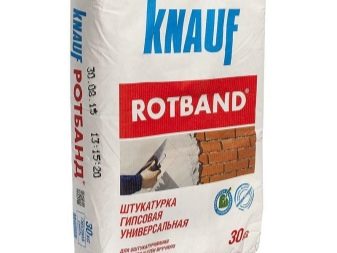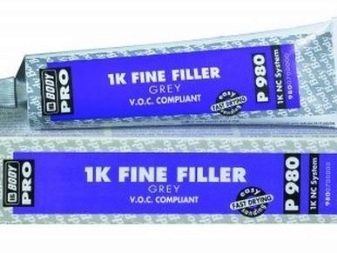Features of the plaster mixture for exterior works
When it comes to façade cladding, many prefer plaster mixtures for exterior work. These compounds are now represented in the construction market in a wide range. Consider the features of this facing material, we study the nuances of the varieties and the subtleties of the choice of high-quality raw materials.
Special features
Exterior plaster is a special finishing material that is applied to hard surfaces as a final layer. It is an excellent thermal insulation of the facade system, as in most varieties it has high thermal protection. Depending on the type of material being produced, it can absorb sound, and in some cases even not transmit radiation.This facing raw material is vapor permeable and cost different.
The advantages of such a material include a lot of decorative features: plaster allows you to perform on the surface to be treated different patterns depending on the tool used or the improvised inventory. If desired, you can always decorate the facade of the house with a pattern with different effects (for example, a pattern of bark beetle, fur coat, scales, brick or masonry). Almost any mixture allows the addition of color, due to which the surface can be given any shade. You can not worry that over time the tone will become faded: the composition is resistant to ultraviolet radiation, so the tone will be saturated for a long time regardless of the temperature and climatic background at different times of the year.
This material protects the walls from moisture, suitable for various bases, including concrete and brick. Sometimes such a plaster is treated with surfaces warmed with mineral wool and foam plastic. Some varieties of these materials due to the special resistance to moisture used for interior decoration.In the collection you can find material with different additional properties (for example, refractory, acid-resistant plaster).
Each type of plaster material is laid in GOST. It has the necessary technical characteristics, it may differ in consumption per 1 m2. Purchase of material is carried out on the basis of the calculation of the required quantity. At the same time, they take into account the fact that for a smooth surface the consumption rate per 1m2 is two times less than for a relief application. In practice, the consumption of material rarely coincides with that noted in GOST and specified by the manufacturer on the packaging of the goods. This is due to the absorption of the walls and their preparation. With a layer thickness of 2 mm decorative plaster will require 4 - 6 kg per 1 square. m
Kinds
To classify this finishing material can be on two grounds: in the form of release and composition. Depending on the form of release, there are two categories of facade plaster:
- dry plaster mix;
- ready composition.
In the first case, the composition is dry plaster mix white or light gray color, which is packed in bags weighing 25-30 kg. This volume is optimal: a lot of material is needed to finish the facade, packaging with a standard weight is convenient for transportation.In this case, almost always have to buy a few bags. This material is diluted with water at room temperature to the consistency of thick cream and process the surface.
The second variety is finished masswhich is sold in hermetically packed containers of 9–25 kg. It does not need to be adjusted by means of water: after opening the tank, it should be used immediately, distributing the composition over the prepared surface. The disadvantage of this composition is the price, which is significantly higher than the cost of the powder analogue. Today, these mixtures are presented with different effects, so they can be used as a decorative layer.
All existing types of facade plaster can be divided into several types:
- polymer;
- mineral;
- silicate;
- silicone.
Each category has its own characteristics, advantages and disadvantages. A wide choice allows the buyer to choose the best option for finishing the facade of their own homes.
- Polymer varieties exterior plaster produced on the basis of acrylic. They are quite plastic, so do not depend on weather conditions.As a rule, such material has a bright color palette. It is sold in finished form, which eliminates the difference in the shade of the material from one series. The basis of the composition is a water dispersion of synthetic resins, which eliminates the formation of fungus and mold on the walls.
- Mineral plaster produce on a lime basis. In another such compositions called cement-lime. These thin-layer varieties are represented on the market in the form of a dry powder composition with various inclusions, by means of which moisture absorption is reduced. The color of this plaster is predominantly white, but the composition allows painting with silicate paint.
- Silicate finishing mixtures are based on potassium liquid glass. The release form of these adhesive varieties is a ready-made repair compound. According to the characteristics, they resemble acrylic analogues, although the vapor permeability of these compounds is better. Due to this characteristic they can handle loose and cellular bases.
- Silicone types of plaster are especially good for repairing exterior works of old buildings.These varieties can be applied to surfaces of any type, while the material is quite elastic and can not be cracked. A small nuance of the mixture is the need to use together with the preparatory materials of the silicone group.
In addition, the plaster can be starting (draft) and finishing (decorative). The difference of the material is obvious: draft compositions are more granular, their texture is coarser. Decorative facade plaster is softer in consistency, the particles in its composition are smaller, regardless of whether the material is ready-made or a mortar variety. To destination the draft category is applied to preparation of the basis under finishing. Decorative mixture can be a component of the base, and the finishing layer.
How to choose?
When choosing material for finishing the walls of the facade, it is worth considering a number of factors, ranging from the choice of a particular brand to the shade.
To facilitate the selection, you can pay attention to several nuances:
- If a large amount of work is planned, it makes sense to buy two types of plaster for outdoor work: it can be expensive to level the base of one finish.The draft version will cope with this task, saving the budget for the selection of high-quality decorative material.
- Start from the price: good material with high performance is not cheap.
- If it is necessary to level a brick or cinder block wall, it is worth buying a cement-sand mixture. It is universal and frost resistant.
- When buying a finishing finishing material, take care of the availability of a tool through which you can easily carry out the decoration of the surface. Consider the design in advance.
- If you need durable and resistant to cracking and chipping plaster, buy acrylic: it will serve to finish the facade for about 25 years, while maintaining the saturation of the shade and external indicators.
- In order to minimize the amount of dust deposited on the outer surfaces of the relief pattern, silicate plaster can be purchased: it has antistatic properties.
- Buying a plaster composition is better in a building store with a good reputation: this will exclude the possibility of buying a fake. In order not to doubt the quality of the goods, ask the seller for a certificate of quality and compliance with safety standards.
Tips and tricks
Getting acquainted with the finishing plaster material, everyone chooses the variety with which it is easier for him to work. However, there are several GOST requirements that are suitable for most varieties:
- Do not forget about the operating conditions: in the conditions of Russian latitudes, it is more expedient to take the material with the mark “moisture resistant”.
- When buying plaster for finishing the facade, take care of the soil with high penetrating power: it will save consumption, make the base uniform and increase the adhesion of the mixture.
- In order for the coating to last for a long time, without needing adjustment, initially remove everything that can crumble off from the walls (old paint, lime, old coating).
- Any base for plaster should be more durable compared to it. For loose and cellular bases, it is appropriate to apply a solution with lower strength.
- If the base is loose, use a plaster grid, after removing dust and dirt from the surface.
- The substrate should be rough: this will increase adhesion. In this case, the roughness must be identical over the entire area of the treated surface.
- Single-layer plastering is possible in the case of a flat surface without visible defects.
- If the facade material is prone to deformation (shrinkage of concrete, brickwork at high humidity), the application of the plaster composition is excluded. It is necessary to wait until the shrinkage occurs and only after that it is possible to process the surfaces with facade plaster.
Famous manufacturers and reviews
On the market of finishing materials, many companies offer plaster for exterior works. Consider several manufacturers whose products are actively discussed in the network:
- Volma - plaster composition for exterior and interior works on the basis of gypsum. The material is easy to apply, highly elastic, frost-resistant, suitable for surfaces of different types. The disadvantage is mass heterogeneity, the need for pre-priming.
- Vetonit TT - cement-lime waterproof plaster on concrete and brick, a versatile material for thin-coating. The downside is that buyers consider slow drying and shedding when leveling the layer.
- Ceresit - front facing material in a wide range and the richest color palette, durable, resistant to pollution, temperature difference.The only disadvantage, in the opinion of buyers, is the high price, but it justifies the quality indicators of the compositions.
- "Rusean" - Finishing mortar mixture for outdoor use, designed for different bases, allowing a layer of 5 mm. Material with high heat and sound insulation, water retention rate - 98%. The disadvantage is a lower percentage of strength compared to other companies.
- "Rotband" - polymer-based finish, which evens the surface for painting. The allowable thickness of the coating layer is 5 to 15 mm. Buyers call this composition plastic, cold-resistant and vapor-permeable, but inferior in strength to the cement analog.
- Termopal CP 44 - sanifying plaster on the mineral base, capable of holding harmful salts. According to buyers, it is economical, easy application.
The products of each brand also have an additional abbreviation and numbers, thanks to which you can choose the material more accurately. For example, Vetonit LR It is a thin finishing putty, Ceresit CT 85 - it is a plaster-adhesive mixture for polystyrene foam boards, Beerss PCM 350 2 is a non-shrinking, quick-hardening, thixotropic plaster repair mixture.
Before buying, learn the features of the variety you like and relate it to a specific base.
For more information on plaster mixes, see the next video.
